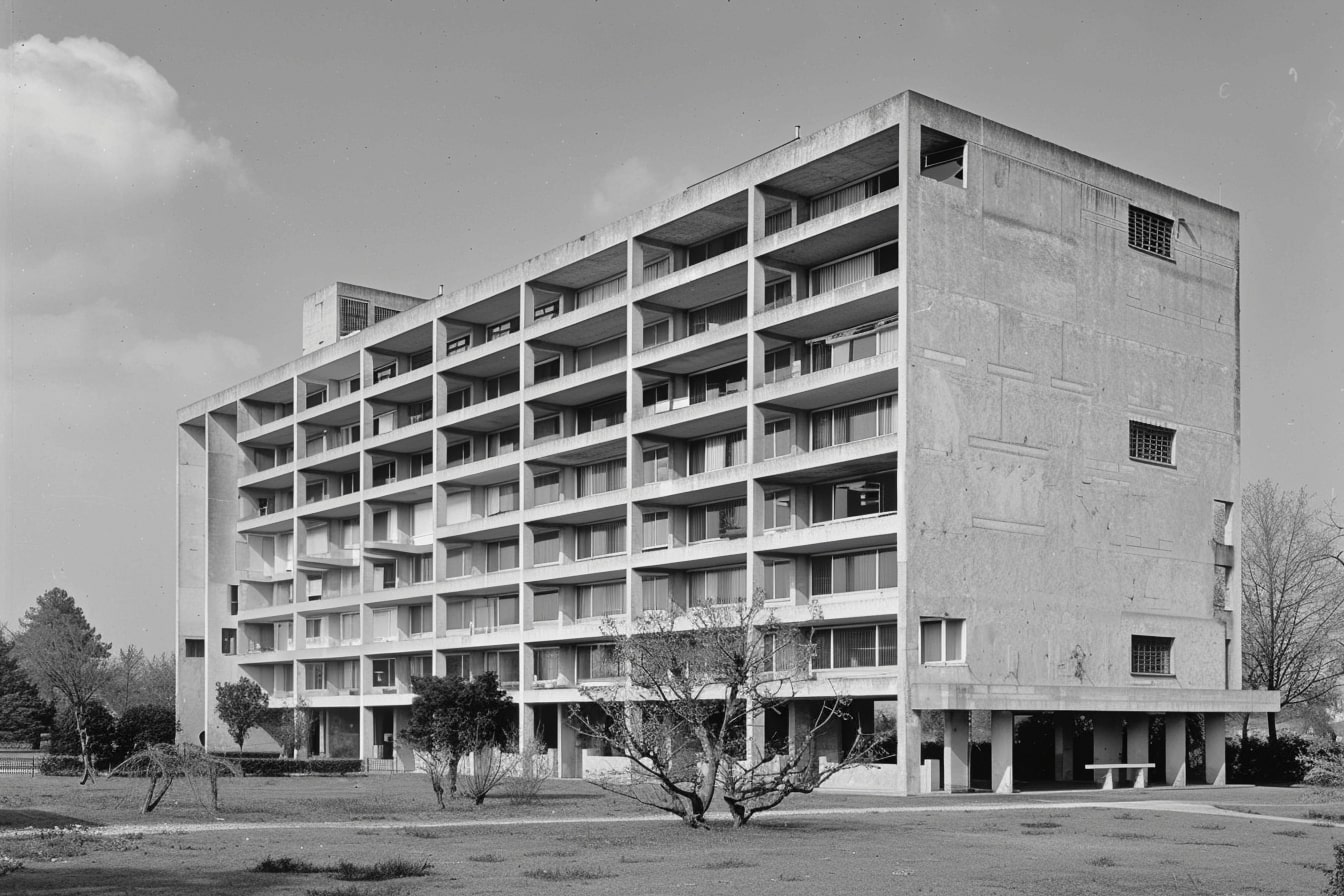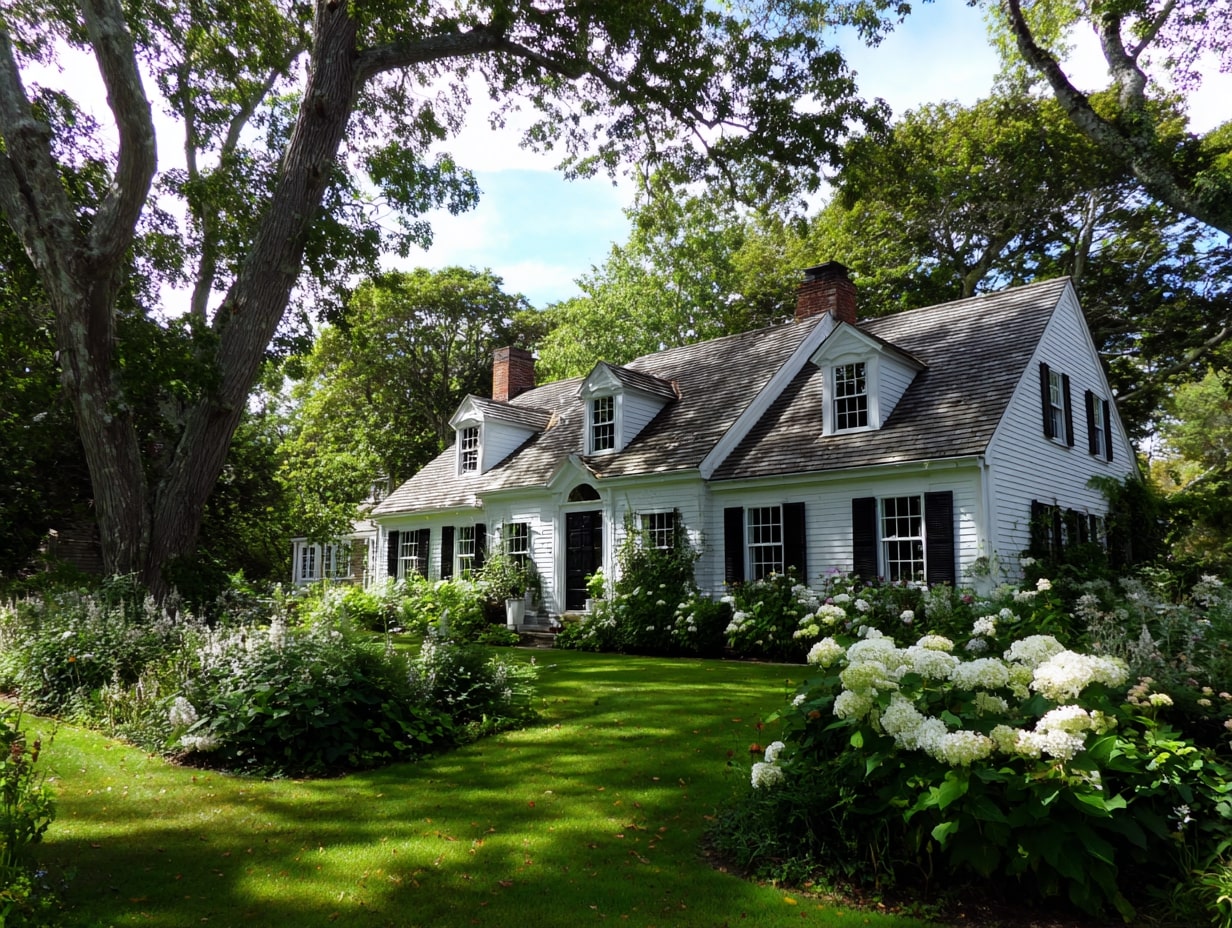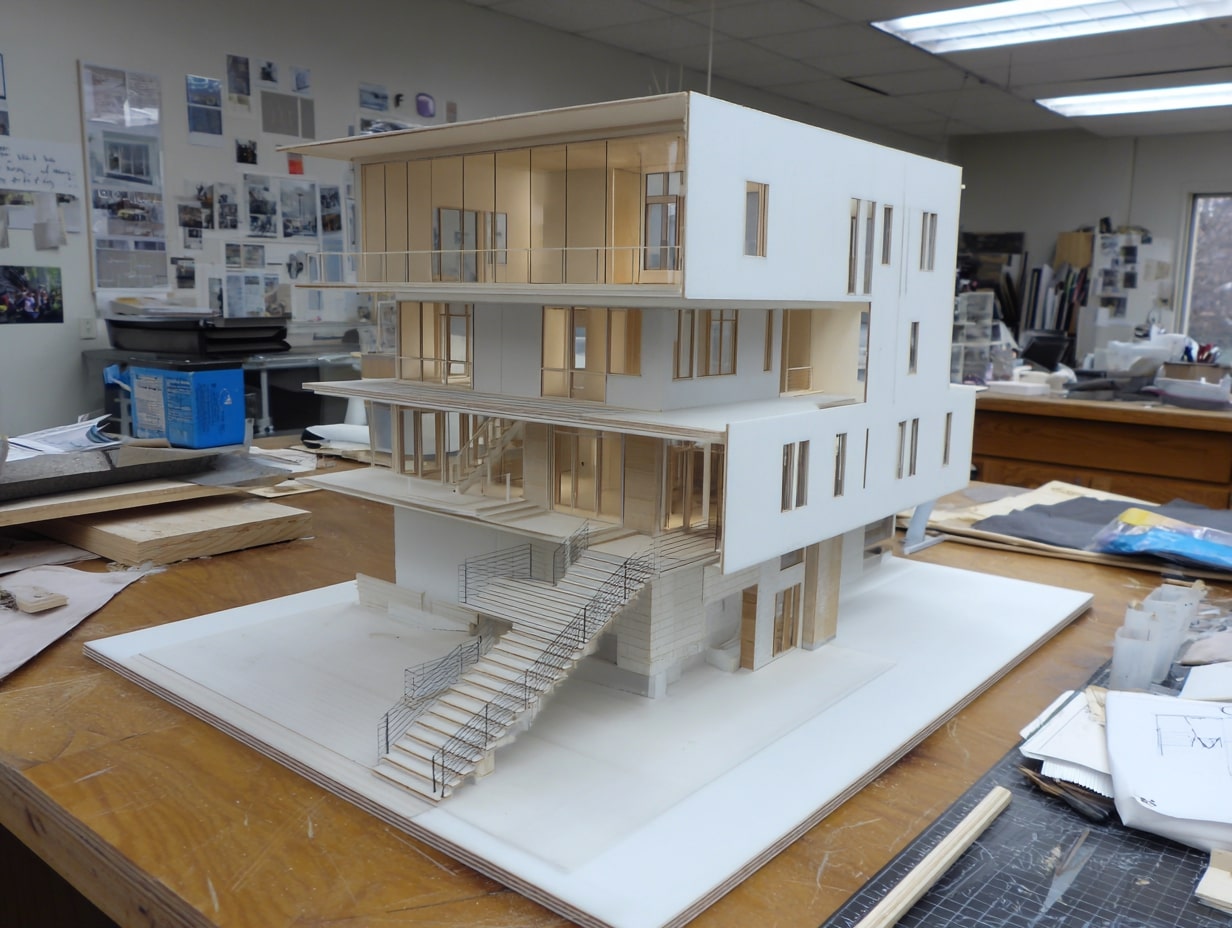- Home
- Articles
- Architectural Portfolio
- Architectral Presentation
- Inspirational Stories
- Architecture News
- Visualization
- BIM Industry
- Facade Design
- Parametric Design
- Career
- Landscape Architecture
- Construction
- Artificial Intelligence
- Sketching
- Design Softwares
- Diagrams
- Writing
- Architectural Tips
- Sustainability
- Courses
- Concept
- Technology
- History & Heritage
- Future of Architecture
- Guides & How-To
- Art & Culture
- Projects
- Interior Design
- Competitions
- Jobs
- Store
- Tools
- More
- Home
- Articles
- Architectural Portfolio
- Architectral Presentation
- Inspirational Stories
- Architecture News
- Visualization
- BIM Industry
- Facade Design
- Parametric Design
- Career
- Landscape Architecture
- Construction
- Artificial Intelligence
- Sketching
- Design Softwares
- Diagrams
- Writing
- Architectural Tips
- Sustainability
- Courses
- Concept
- Technology
- History & Heritage
- Future of Architecture
- Guides & How-To
- Art & Culture
- Projects
- Interior Design
- Competitions
- Jobs
- Store
- Tools
- More
Unveiling the Design Secrets of Le Corbusier: Discovering the Iconic Architect’s Vision

Le Corbusier, a name synonymous with modern architecture, revolutionized the way we perceive and interact with our built environment. His innovative designs and pioneering concepts have left an indelible mark on cities around the world. But what are the secrets behind his iconic creations?
In this article, we’ll delve into the principles and philosophies that guided Le Corbusier’s work. From his use of open floor plans to his commitment to functionalism, we’ll uncover the elements that made his designs timeless. Join us as we explore the genius of Le Corbusier and discover how his visionary ideas continue to influence contemporary architecture.
Table of Contents
ToggleEarly Life and Influences of Le Corbusier
Charles-Édouard Jeanneret-Gris, known as Le Corbusier, was born on October 6, 1887, in La Chaux-de-Fonds, Switzerland. His early life and educational experiences greatly influenced his architectural philosophies.
Formative Years in Switzerland
Le Corbusier grew up in the watchmaking town of La Chaux-de-Fonds, surrounded by meticulous craftsmanship and precise engineering. His father worked as an enameled watch dial painter, while his mother was a musician. This unique environment instilled in him an appreciation for intricate detail and artistic excellence. He attended the local art school, where he first explored his interest in architecture under the guidance of his first mentor, Charles L’Eplattenier.
Influential Teachers and Mentors
Charles L’Eplattenier, an artist and teacher, played a significant role in shaping Le Corbusier’s early design ideologies. He introduced Le Corbusier to the Art Nouveau movement and encouraged him to focus on architecture. Later, an apprenticeship with architect Auguste Perret in Paris provided Le Corbusier with valuable insights into reinforced concrete construction, a material that would become central to his work. Another key influence was Peter Behrens, with whom Le Corbusier worked in Germany. Behrens’s focus on industrial design and functionality left a lasting impact on Le Corbusier’s approach to modern architecture.

Key Architectural Principles
Le Corbusier’s design principles reshaped modern architecture. We examine his core ideas to understand his revolutionary approach.
Five Points of Architecture
Le Corbusier’s “Five Points of Architecture” are the foundation of his design methodology. These principles, introduced in the 1920s, guide his architectural vision:
- Pilotis: Vertical supports elevate buildings off the ground, freeing the ground floor for circulation and landscape integration.
- Flat Roof Terrace: Roofs transform into functional outdoor spaces, creating gardens or social areas.
- Open Floor Plan: Internal walls are minimized to enhance flexibility and flow of open spaces.
- Horizontal Windows: Long strips of windows provide uniform light, enhancing views and connecting interiors with exteriors.
- Free Facade Design: Façade structure is independent of the building’s structural supports, allowing for creative and functional design variations.
Design Elements and Modular Systems
Le Corbusier introduced unique design elements, emphasizing functionality and minimalism. Key components include:
- Modulor System: A proportion system based on human scale and Fibonacci sequence, ensuring aesthetic harmony and functional comfort.
- Brise-Soleil: Sun-shading structures control light penetration, reducing heat while enhancing visual appeal.
- Ramp vs. Stairs: Ramps replace traditional stairs, promoting fluid movement and accessibility in multi-story buildings.
- Purism: Art and architecture move towards essential forms and colors, reducing complexity and embracing clarity.
Le Corbusier’s design elements and modular systems demonstrate a commitment to human-centric, efficient, and aesthetically pleasing architecture.
Iconic Projects by Le Corbusier
Le Corbusier’s architectural brilliance is best illustrated through his iconic projects. We’ll explore two of his most renowned works that showcase his innovative design principles and revolutionary approach.
Villa Savoye: A Case Study
Villa Savoye, built between 1928-1931, exemplifies Le Corbusier’s “Five Points of Architecture.” Located in Poissy, France, this modernist villa is a prime example of functional aesthetics.
- Pilotis: Concrete stilts elevate the structure, creating open space underneath and providing support.
- Flat Roof Terraces: These flat surfaces serve as functional outdoor spaces.
- Open Floor Plan: Internal walls are minimized, allowing flexible use of interior spaces.
- Horizontal Windows: Long, horizontal windows offer continuous light and panoramic views.
- Free Facade Design: The facade’s design is independent of the building’s structural framework.
Villa Savoye combines residential functionality with a modern aesthetic, making it a landmark of modern architecture.

Chandigarh: The Indian Venture
Chandigarh, designed primarily during the 1950s, is a testament to Le Corbusier’s urban planning vision. This project involved creating the master plan for the city, which is now the capital of Punjab and Haryana in India.
- Sector Layout: The city’s layout follows a grid pattern, dividing Chandigarh into self-sufficient sectors.
- Capitol Complex: Key government buildings like the Secretariat, the High Court, and the Legislative Assembly stand as hallmarks of modernist design.
- Open Spaces: Ample green spaces and wide boulevards ensure a harmonious urban environment.
- Brise-Soleil: Sunbreakers on buildings control light and reduce heat, reflecting the climate-conscious design.
- Human Scale: The city’s design prioritizes the human scale, ensuring accessibility and comfort.
Chandigarh remains a pioneering example of Le Corbusier’s approach to modern urban planning, blending functionality, aesthetics, and human-centric design.
Le Corbusier’s Impact on Modern Architecture
Le Corbusier’s contributions redefined urban spaces and architectural aesthetics. His innovative ideas influenced countless designers and transformed cities worldwide.
Influence on Urban Planning
Le Corbusier’s vision for urban planning emphasized order, efficiency, and harmony. He proposed the “Radiant City” concept, characterized by high-rise residential blocks, ample green spaces, and separation of vehicular and pedestrian traffic. This concept aimed to improve living conditions by integrating nature into urban environments. In Chandigarh, Le Corbusier implemented these principles, creating a city with a logical grid layout and dedicated zones for various functions. His ideas paved the way for modern urban planning, inspiring planners to prioritize functionality and livability.
Legacy and Controversies
While Le Corbusier’s designs revolutionized architecture, they also sparked debates. Critics argue that his emphasis on concrete and minimalism led to monotonous cityscapes, lacking human warmth. Some of his urban planning concepts, like the extensive use of high-rise buildings, faced backlash for creating impersonal environments. Despite these controversies, his legacy remains influential. Le Corbusier’s work continues to inspire architects seeking to balance form and function, pushing the boundaries of modern design.

Conclusion
Le Corbusier’s contribution to modern architecture cannot be understated. His innovative designs, rooted in his “Five Points of Architecture,” continue guiding architects worldwide. Focusing on functionality and minimalism, Le Corbusier redefined how we perceive and interact with urban spaces.
Villa Savoye stands as a testament to his visionary approach. This project exemplifies the synthesis of nature and structure, creating a harmonious living environment. Chandigarh, another iconic project, showcases his expertise in urban planning, turning an ambitious vision into a functional city.
His “Radiant City” concept proposed integrating green spaces into urban settings. This idea highlighted the importance of environmental considerations in architectural design. Despite facing criticism, Le Corbusier’s principles have endured, influencing contemporary designs that prioritize both form and function.
Le Corbusier’s legacy extends far beyond his lifetime. His designs inspire us to rethink conventional architectural norms, pushing the boundaries of what buildings and cities can achieve. As we look to the future, we draw on his pioneering ideas to create sustainable, functional, and aesthetically pleasing urban environments.
A licensed architect with hands-on studio experience, I translate complex design ideas into clear, engaging stories for a global audience. As a seasoned content writer and editor, I craft articles, project features, and thought-leadership pieces that illuminate emerging technologies, sustainable practices, and cutting-edge design trends—always with an architect’s eye for detail, accuracy, and narrative flow. My goal is to bridge practice and publication, giving fellow professionals and curious readers alike the insight and inspiration they need to push architectural boundaries.
Submit your architectural projects
Follow these steps for submission your project. Submission FormLatest Posts
American Architecture Styles That Shaped a Nation
Explore American architecture styles from Colonial to modern—key features, icons, and timelines...
How Environmental Planning Shapes Modern Architecture in Houston
Houston does not design buildings in a vacuum. Every structure rises inside...
Smart Steps for Repairing Your Garage
Keeping your garage safe and reliable is mostly about steady habits and...
Why Scale Matters in Architecture
Why Scale Matters in Architecture: see how human, building, and urban scales...












Leave a comment